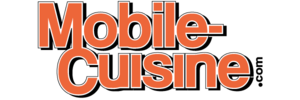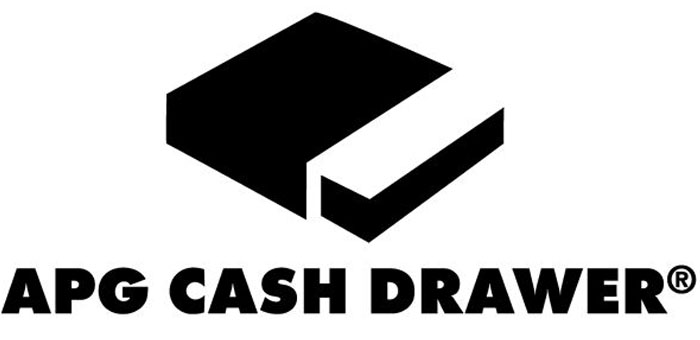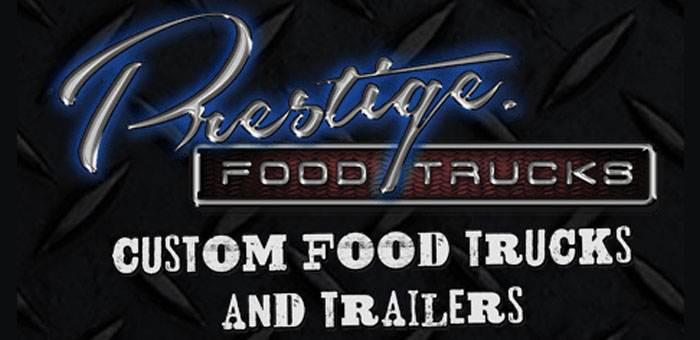The Los Angeles County Department of Public Health’s continuing implementation of customer relationship management (CRM) software is assisting with a growing assortment of business needs.
Microsoft Dynamics CRM was introduced within the department two years ago and is still in the implementation phase. Jim Green, the department’s CIO, said that developing applications for Public Health’s more complex projects was challenging, so the department looked to Microsoft as an alternative.
For one project, developers and business analysts in the Department of Public Health and its Environmental Health Division developed an application supported on the CRM system for vehicle inspections — particularly for vehicles that are used as mobile food facilities (a.k.a., food trucks).
Vendors selling food out of a mobile facility are required to obtain a business license and a county public health permit in order to operate legally. Environmental health specialists from the department do inspections of mobile food carts, food trucks or vendors selling food from their personal vehicle.
“Unlicensed operators are presenting a potential risk to health because their food handling practices may not be safe,” Green said. “The equipment may not be up to par.”
Vehicles can be impounded if mobile food vendors are operating without a license, Green said. In those cases, information regarding those cases, such as the vehicle retrieval process, can be tracked through the CRM software.
Prescription
Green said that in addition to the vehicle tracking, the department has worked to implement CRM for labeling the limited number of prescription drugs the department dispenses.
On Jan. 1, 2011, a new mandate in California standardized prescription drug labels. In the past, Green said, prescription drug bottles were labeled by hand, which was a cumbersome and error-prone process.
The department integrated its CRM system with a commercially available database of prescription information so it can look up the correct drug that needs to be prescribed as well as the physical description associated with that drug. The information is formatted using the report writing capabilities in the CRM platform. Once labels are formatted, they are printed to go on the prescription bottles. The system also generates information about the drug that’s distributed in a pamphlet given to the patient.
Green said the CRM assists with inventory tracking for the prescriptions and interfaces with an automated prescription-filling machine so that pills don’t have to be hand-counted into bottles. About nine months ago, L.A. County began integrating CRM into the workflow for prescription drugs, and the work is ongoing.
Find the entire article by Sarah Rich at govtech.com <here>




